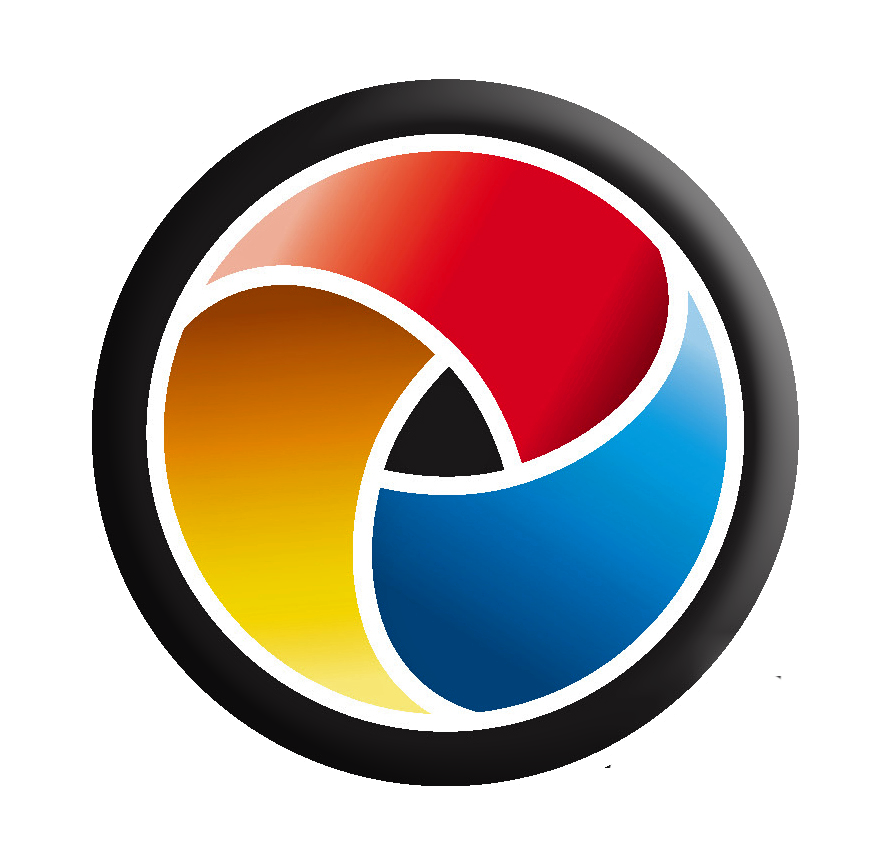QUESTIONS
Is white Considered a color?
Not Typically. Because white is the default color of paper, it is simply recognized as the absence of ink.
What is a proof and why is it important?
In printing terms, a proof is a one-off copy of your documents after all modifications and printing setup process have been completed. It is your last, and best, opportunity to make sure that your print job comes out the way you envisioned. By carefully inspecting the proof, you can help ensure an accurate, flawless delivery of your print job the first time.
why do the printed colors look different than the colors on my screen?
In short, printers and monitors produce color in different ways. Monitors use the RGB (red, green, blue) color model, which usually supports a wider spectrum of colors. Printers use the CMYK (cyan, magenta, yellow, black) color model which can reproduce most -but not all- of the colors in the RGB color model.
Depending on the equipment used, CMYK generally matches 85-90% of the colors in the RGB model. When a color is selected from the RGB model that is out of the range of the CMYK model, the application chooses the closest matching color. Programs like Adobe InDesign, Photoshop, and Illustrator will allow you to choose which color will be replaced; others may not. We'll provide you with a proof to ensure a "what-you-see-is-what-you-get" final product.
Common Printing Terms
binding: a name given for any of many procedures used to put pages together.
bleeds: artwork that goes beyond the edge of the printed piece. trimming is required to make the printing, run to the edge of a sheet.
coated paper: Paper with a coating applied to one, or both, sides. the coating can be dull, gloss, matte, or a number of other finishes. Coated paper generally produces sharper, brighter images and has a more reflective quality than uncoated paper.
cover paper: a heavy printing paper primarily used to cover books or make presentation folders.
crop marks: Printed lines showing where to trim a printed sheet.
gloss: A shiny paper coating that reflects light.
matte Finish: dull paper or silk finish
offset printing: printing which involves a plate that makes and inked impression on a rubber-blanketed cylinder, which, in turn, transfers it to the paper. mainly used for larger quantity jobs.
perfect binding: an unsewn, flat spined book binding made with glue.
saddle-stitch: a type of binding that uses wire stapling at the center of a magazine or pamphlet.
score: creasing paper to help it fold more neatly. Mainly used on cover stocks or thicker sheets of paper.
silk paper: Silk, Dull, or Matte finished papers. Like coated paper the surface is smooth but without reflections, which means that it combines high readability with high image quality.

